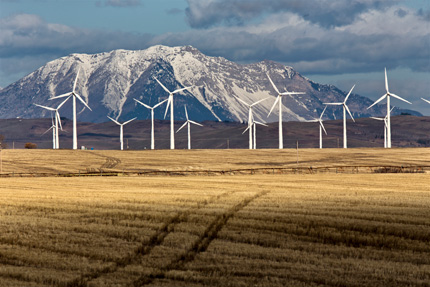ARCHIVED – Canada’s Renewable Power Landscape 2016 – Energy Market Analysis
This page has been archived on the Web
Information identified as archived is provided for reference, research or recordkeeping purposes. It is not subject to the Government of Canada Web Standards and has not been altered or updated since it was archived. Please contact us to request a format other than those available.

Power in Canada’s Northern Regions
Canada’s vast and sparsely populated northern regions are not connected to integrated electricity grids and natural gas pipelines like the rest of North America, and there is little commercial incentive to build these connections because communities are small and widely dispersed.
As a result, many remote communities in the northern territories and the northern parts of most provinces rely on fossil fuels transported by truck, ocean-going tanker or barge for power generation.
Several feasibility studies and pilot projects in the past decades have explored the potential for wind turbines in northern regions. However, wind is a higher-cost option than diesel due to initial construction and transmission costs. Wind is also intermittent and requires reliable generation as back up.
Solar power faces the same challenges with cost and intermittency. Sunlight in northern regions is limited during the coldest parts of the year, which also makes it less attractive.
Hydroelectricity faces major challenges in the North, including high capital costs and required transmission lines. The majority of Yukon’s electricity is hydraulically generated, but high costs limit hydro generation in NWT and Nunavut, where populations are more scattered and the necessary distribution networks do not exist.
How can individuals support greater use of renewables?
These are some things individuals can do to encourage the use of renewable energy:
- Ask your local utility if you can purchase green power, for example, wind power at a premium.
- Look into the possibility of installing rooftop solar panels on your school, home, or business.
- Support green energy programs and initiatives at the community, municipal, provincial or federal level.
- Support businesses that use green energy.
- Donate to a renewable energy charity.
- Purchase carbon offsets or green energy credits for yourself and your family.
- Date modified:
